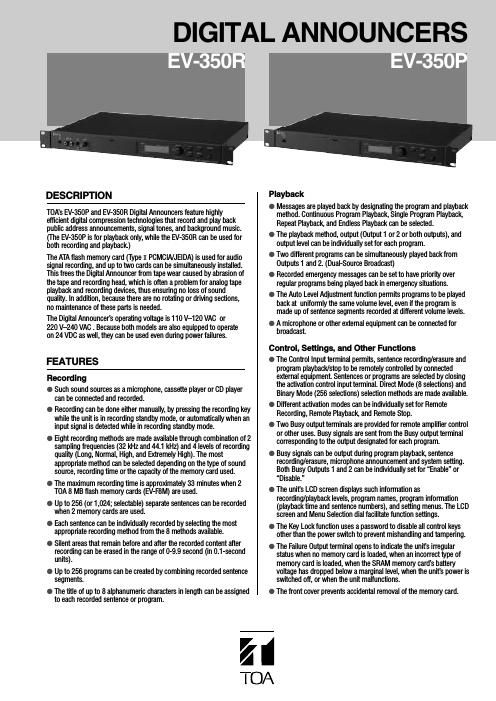Toa ev 350p r
This is the 4 pages manual for toa ev 350p r.
Read or download the pdf for free. If you want to contribute, please upload pdfs to audioservicemanuals.wetransfer.com.
Page: 1 / 4

This is the 4 pages manual for toa ev 350p r.
Read or download the pdf for free. If you want to contribute, please upload pdfs to audioservicemanuals.wetransfer.com.
